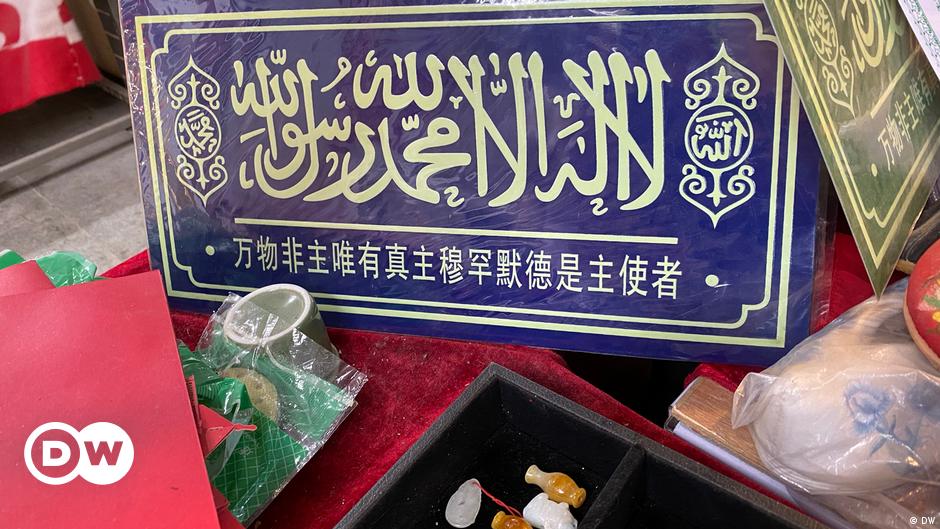Decoding China: Glaubenssache Islam
Keine der großen Weltreligionen hat ihren Ursprung in China. Schon früher brachten die Machthaber die Glaubenssache unter ihre strikte Kontrolle. Die atheistische Regierung von heute sehen sich in dieser Tradition.
"Salam Aleikum", grüßte ich den Herrn an der Kasse der Großen Moschee in der zentralchinesischen Stadt Xian. "Wa aleikum assalam!", grüßt er auf Arabisch zurück. "Sie sind Muslim. Eintritt frei!" Er bat mich herein.
Nein, ich bin kein Muslim. Ich wollte die alte Moschee besuchen. Sie ist inzwischen eine Touristenattraktion der ehemaligen Hauptstadt Chinas, die als Chang'an, Ewiger Frieden, bekannt ist. Nichtmuslime zahlen einen Eintritt von umgerechnet fünf Euro. In Xian ein stolzer Eintrittspreis.
Der Herr an der Kasse ist trotzdem begeistert von meinem muslimischen Gruß. Offenbar grüßen ihn andere Inlandstouristen nur auf Chinesisch. Sein Angebot nahm ich dankend an.
Erste Moschee im 7. Jahrhundert
Xian ist der Endpunkt der alten Seidenstraße. Seit dem 7. Jahrhundert - in der Tang-Dynastie - gab es intensiven internationalen Austausch. Der Tang-Herrscher beauftragte den kaiserlichen Pilgermönch Xuanzang, Mahayana-buddhistische Texte aus Indien nach China zu holen und sie von Sanskrit ins Chinesisch zu übersetzen. Der Buddhismus ist genau wie der Islam ein Import.
Keine der großen Weltreligionen hat ihren Ursprung in China. Schon früher brachten die Machthaber die Glaubenssache unter ihre strikte Kontrolle. Die atheistische Regierung von heute sehen sich in dieser Tradition.

www.dw.com
